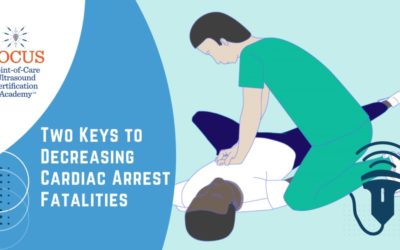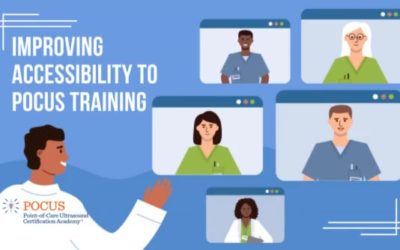“Point of care ultrasound (POCUS) can significantly increase the accuracy of the pre-hospital diagnosis which will increase the accuracy of treatments.” – Peter Bonadonna
In this webinar, you’ll discover how point-of-care ultrasound (POCUS) for emergency physicians, first responders, and other emergency medicine providers is impacting emergency medical services (EMS).
Emergency Medical Services (EMS) has made tremendous advances in the last 30 years, providing life-saving medications, procedures and diagnostics to the patients where they’re found at the scene of the emergency. Rushing the emergency care to the patient saves precious time and often makes the difference between life and death. Previously, this care was guided by taking a history, conducting a physical exam and forming a diagnosis. When point-of-care ultrasound (POCUS) is used by emergency physicians, paramedics, and providers there is often an increased accuracy of the pre-hospital diagnosis which increases the accuracy of treatments.
About Our Speaker

Peter Bonadonna is a veteran paramedic having 42 years in metropolitan and rural EMS experience. In addition to a field practice he directed and taught in the Monroe Community College Paramedic Program for 30 years. A pioneer of sorts, Peter was the first provider to put a computer in the ambulance for medical records and one of the originators of using cell phones for telemetry and medical control. Despite objections, he continued to teach paramedics to read and interpret 12 lead ECGs two years before the equipment was available to acquire them in the ambulance.
Today, Peter is doing the exact same thing with point-of-care ultrasound (POCUS). He has an ultrasound machine in the classroom and teaches anatomy and physiology with the device so that students can actually see what they’re learning about. Peter recognizes that point-of-care ultrasound is transformative and can substantially improve the care we deliver in the pre-hospital and hospital environment.
You can demonstrate your specialized knowledge in Point of Care Ultrasound with the POCUS Emergency Medicine Certification.
Engage the community at the POCUS World Conference! Register here.
Email us at POCUS@Inteleos.org for more information.
Disclaimers:
























